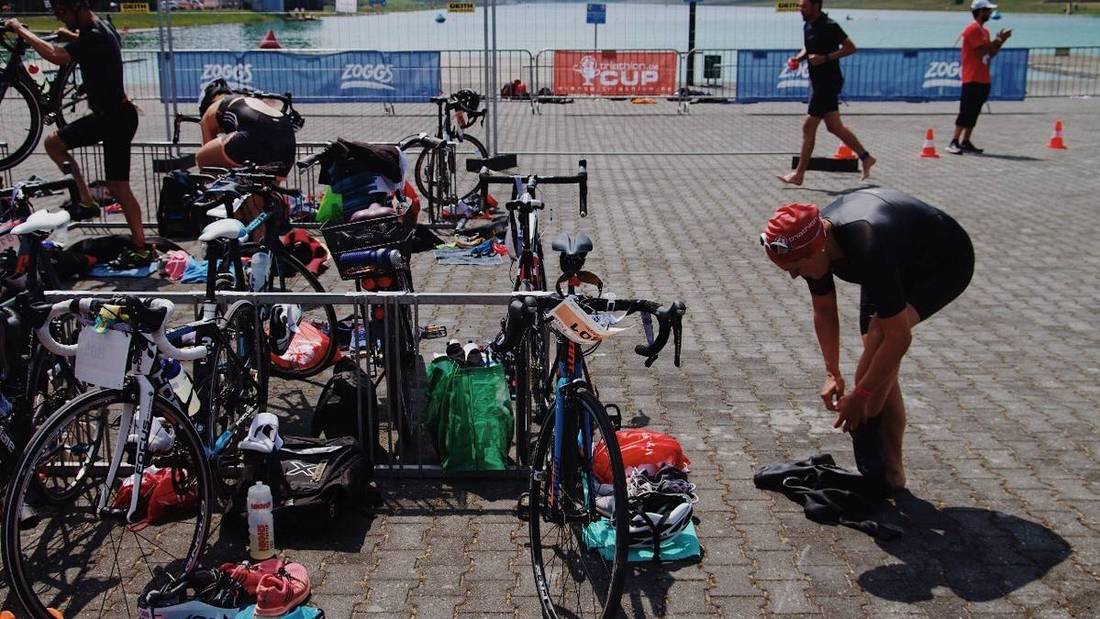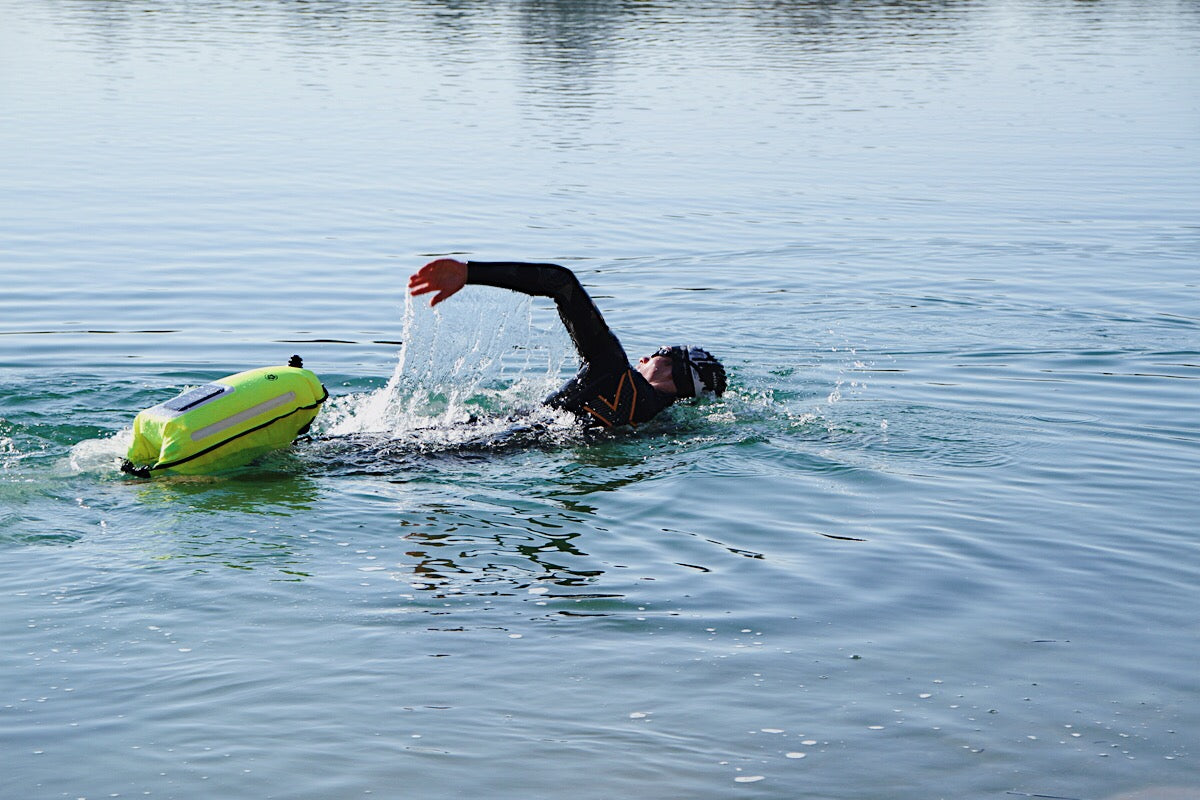The first triathlon. Three disciplines – individually no problem. One after the other but much more complex. Then the “fourth discipline”: the change. Despite the training, some questions remain unclear. We show you the most important triathlon accessories for beginners and how these must-haves make your life easier.
Trisuit / triathlon one-piece
The all-rounder! If you wear a trisuit, you are a triathlete. Don't worry about getting changed - you'll do all disciplines equally well in a trisuit. The triathlon one-piece suit is worn on the bare skin and is a swimming suit, cycling shorts and running clothes at the same time. Quick-drying functional textile, a thin seat pad and a tight fit characterize the all-rounder. The triathlon clothing is also available as a two-piece variant (triathlon shorts and top).
Race Belt / start number tape
The start number strap is the attachment for your start number in the competition. The problem arises from the rules: when cycling, the bib number is worn on the back, but when running it is on the front (when swimming, the athlete does not wear a separate bib number). So if you rely on safety pins here, you will spend most of the competition in the transition area changing your start number. The solution: the start number tape. The number is attached to the elastic band before the competition and put on after the swim with the start number to the back. When switching to running, the band and the number are simply turned to the front. Simple and saves a lot of time. If you are going to be out running for a longer period of time, you can also stow your gels in the attachment loops provided.
chip tape
The mounting variant for the timing chip. Unlike the start number, the chip must be worn from the swim start to the finish. An attachment to the shoe is therefore not possible here. Solution: The chip is attached to the ankle by the band. The chip band itself is made of soft neoprene and therefore does not cut into the skin (like Velcro bands that are often used).
Triathlon Laces / Speed Lacing System
This saves you valuable seconds in the transition zone and gives you a head start on the running track: the name says it all with the quick lacing system. The elastic straps replace the traditional shoelaces of running shoes and can be tightened with a quick movement. The system is so practical and good that many even use the triathlon laces in their casual shoes.





















1 comment
Franz Weber
Sehr gute Tips. Was ich zufuegen wuerde:
Uebe den Wechsel. Man kann leicht mehrere Minuten einsparen (erst Brille, dann Helm, wie Helm auf dem Lenker liegt, Schuhe und Struempfe vorbereiten, Sonnenschutzcreme auftragen, Fuesse trocken, usw.